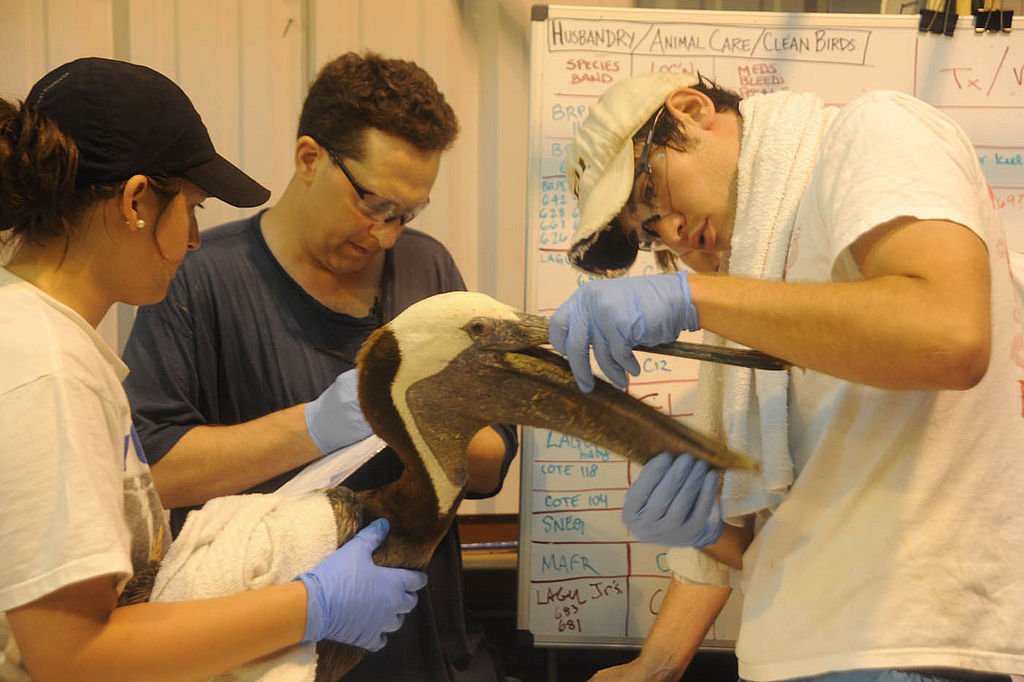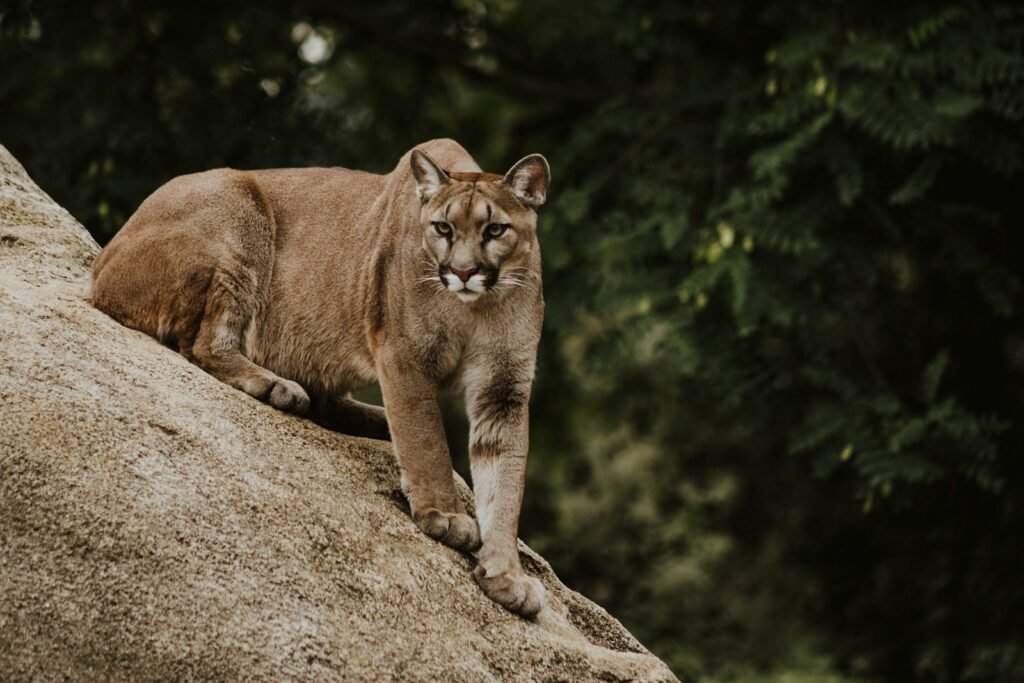Wildlife conservation is an essential effort to preserve biodiversity and maintain ecological balance. While the challenges may seem daunting, there are numerous ways individuals can contribute to conservation efforts right in their own communities. From educational initiatives to hands-on projects, everyone can play a part in protecting the natural world. This guide reveals practical ways to get involved and make a difference.
Understand Local Wildlife

The first step in wildlife conservation is to understand the species and ecosystems that exist in your area. Familiarize yourself with local wildlife by participating in community workshops, attending local nature walks, or connecting with local environmental organizations. Understanding the specific needs and challenges faced by your region’s wildlife will equip you with the knowledge to participate effectively in conservation activities.
Join a Local Conservation Group

Many communities have local conservation or wildlife groups committed to protecting local flora and fauna. Joining one of these groups can provide access to resources, networking opportunities, and organized activities such as clean-ups, habitat restorations, and educational programs. These groups often hold regular meetings, clean-up events, and workshops where you can engage with like-minded individuals and expand your knowledge.
Participate in Citizen Science Projects

Citizen science projects rely on volunteers to collect data that is vital for scientific research. Participating in these projects is a tangible way to support wildlife conservation from home. Projects might include monitoring bird migration patterns, counting amphibians, or tracking changes in plant species. Many organizations offer training sessions to ensure participants are well-prepared to contribute meaningful data.
Create a Wildlife-Friendly Garden

Your backyard can be a haven for local wildlife if managed properly. Planting native plants, installing bird feeders, or keeping a small water source can provide critical resources for local species. Avoiding pesticides and providing shelter through brush piles or designated “wild areas” can also create a supportive environment for various species.
Advocate for Wildlife Conservation

Becoming an advocate means raising awareness about the importance of wildlife conservation. This could involve writing articles, speaking at local schools, or using social media platforms to share information. Advocacy helps to raise awareness and can inspire others in your community to act in support of wildlife protection policies and practices.
Volunteer at Wildlife Rehabilitation Centers

Wildlife rehabilitation centers are often in need of volunteers to assist with day-to-day operations. Tasks at these centers might include feeding animals, cleaning enclosures, or helping with administrative duties. Volunteering at a wildlife center is a hands-on way to work directly with animals and learn about their care and rehabilitation.
Support Sustainable Products

Every purchase has an impact on the environment. By opting for sustainable products and reducing plastic use, individuals can reduce their ecological footprint. Support businesses that are committed to sustainability and responsible sourcing to indirectly support wildlife conservation.
Participate in Local Conservation Clean-Ups

Rivers, parks, and beaches are often polluted with waste that poses a threat to wildlife. Participating in or organizing clean-up drives not only beautifies these spaces but also removes hazards for the creatures that inhabit them. These activities are often organized by local conservation groups and are a great way to engage with your community.
Educate Others About Wildlife Conservation

Education plays a crucial role in wildlife conservation. Share your knowledge by hosting workshops, teaching classes, or even starting a community blog or newsletter focused on local environmental issues. The more people who are informed about conservation, the stronger the community support will be for these initiatives.
Adopt Sustainable Living Practices

Adopting sustainable practices can significantly reduce individual environmental impact. This includes using energy-efficient appliances, supporting local produce, and minimizing waste through recycling and composting. Every small change contributes to a larger impact on preserving ecosystems for wildlife.
Contribute Financially to Conservation Efforts

If time is limited, consider making financial contributions to reputable conservation organizations. Many organizations rely on donations to fund their conservation initiatives. Your financial support can help advance research, protect habitats, and rehabilitate injured wildlife.
Start a Conservation Project

If you’re passionate about wildlife conservation and have the resources, consider initiating your own project. Identify a specific issue that needs addressing and work with local groups, schools, or government bodies to develop a plan. Starting a community garden, creating a pollinator pathway, or establishing a local nature refuge are examples of initiatives that can make a substantial impact.
Collaborate with Local Schools

Engage young minds by working with schools to integrate wildlife conservation into their curricula. Organize field trips to natural habitats, host guest lectures, or co-develop projects that encourage students to actively participate in preserving their natural environment.
Attend Local Conservation Events

Local conservation events not only provide education but also foster community spirit and connect individuals with similar interests. Attend local talks, festivals, or forums focusing on conservation to learn more about the initiatives being undertaken in your community and how you can participate.
Advocate for Policy Change

Engage with local and national representatives to push for policy changes that protect wildlife. This may involve writing letters, signing petitions, or participating in campaigns aimed at strengthening environmental protection laws and regulations. Collective voices can be powerful in transforming policies that protect natural habitats.
Conclusion

Wildlife conservation in your community starts with individual actions and a commitment to preserving the natural environment. By joining groups, advocating for change, supporting local initiatives, and educating others, you can contribute to protecting the wildlife that makes our world diverse and vibrant. Every effort counts towards a future where humans and wildlife coexist harmoniously. Together, we can create lasting positive impacts on our local ecosystems.




